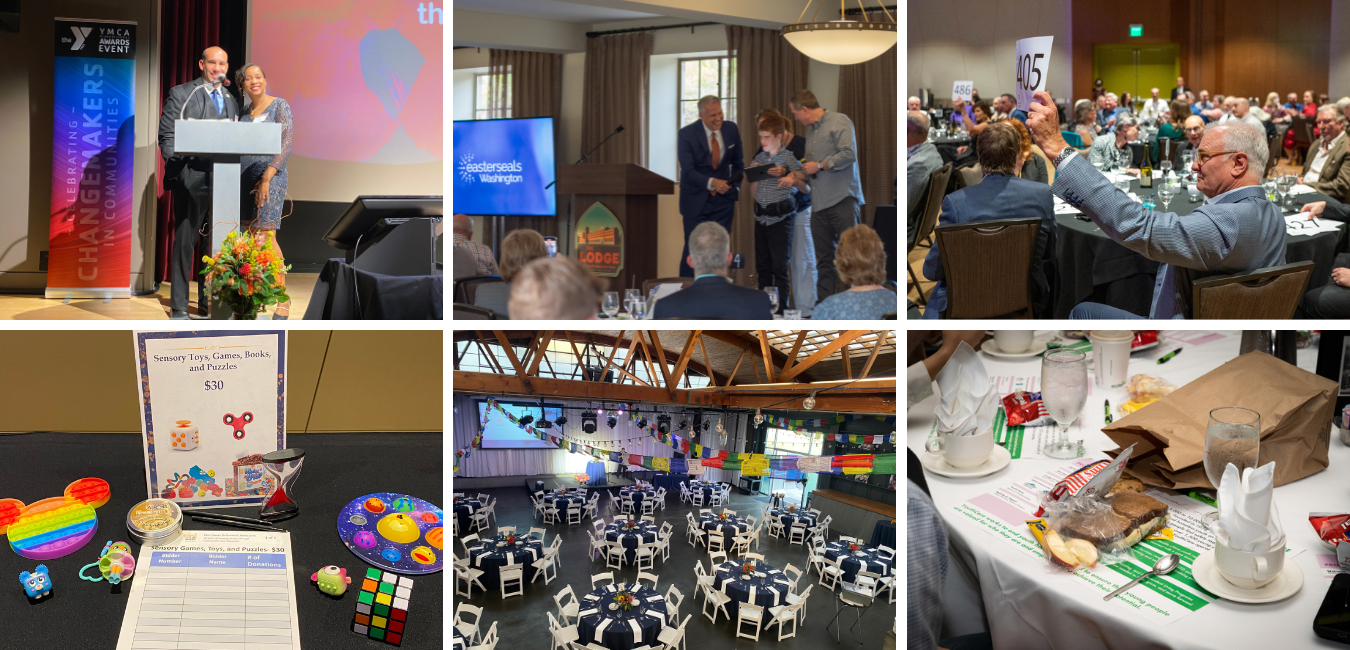The last two years have been a whirlwind of changes in the nonprofit and fundraising world. In 2020, our vocabulary changed from raise the paddle, table captains and dessert dash to virtual ambassadors, livestream broadcasts and gala boxes. However, in 2022, we have seen a slow but steady return to in-person events, and we expect that trend to continue in 2023.
We have learned some post pandemic lessons that might help you as you navigate back from virtual events. We hope these lessons will help you create a fundraising event that will support your organization’s goals and mission.
Fewer People, Stronger Donors
2022 is seeing fewer people attend events. However, the lower numbers are not translating into lower fundraising totals. In fact, the opposite is true; we are seeing fundraising at the same or even higher levels than pre-pandemic times. This shows that you don’t have to have 300 people in the room to make your fundraising goal. If the 200 people who attend are the right people, then you will reach your fundraising goal.
Costs Have Increased
It’s probably a good thing we are seeing fewer numbers, because costs for everything (including an excellent event management company) have increased. From catering to AV, you should expect at least a 20-30% increase from 2019. To keep these costs from eating into your fundraising totals, rethink what you have done in the past and whether it makes sense to continue with the same format. If a large gala is no longer a fit for your donors, then think outside the box and figure out a way to connect with your audience outside of a stuffy ballroom. A little creativity can help you stay within budget.
Less “Stuff”, More Mission
Another result of post-pandemic events is that people realize they don’t want and need more “stuff.” Gone are the days of 100-item silent auctions containing large cellophane wrapped baskets filled with various items that will likely be put into a closet. Instead, we are seeing more items that directly support the mission of the organization. For example, you could spend $25 and buy sanitary pads for young girls in Nepal, or you could spend $35 and purchase tactile educational materials for young kids with Autism who need these materials for everyday learning. These are the types of items that donors can get behind purchasing because no one really needs one more Starbucks gift card.
People Want To Connect
People are excited to be back in person at your event, so give them dedicated time to talk, mingle and connect with your staff. There is no need for a carnival-like approach to your cocktail hour with games and silent auction items. Instead, share your programmatic successes. Allow your staff and board members to spread the message of your good work by connecting with donors in the room. Allow for some extra time during dinner for guests to talk and visit, and you will find it pays off with much more focused attention during your program.
Audiences Are Focused
More than ever, donors are focused during the program and auction time. Over our last few events, the audiences paid such quiet, focused attention to the program that we could hear a pin drop. Your donors are eager to learn about your efforts and make their donation. Take advantage of that eagerness by creating a short, powerful program that hits home with your mission and highlights key components of your fundraising efforts. Allow guests the opportunity to take it all in, but don’t plan on long keynote speeches or videos. Keeping your program succinct and to the point will allow guests to focus their attention on you.
Reach out to us if you would like help planning your next post-pandemic event!

